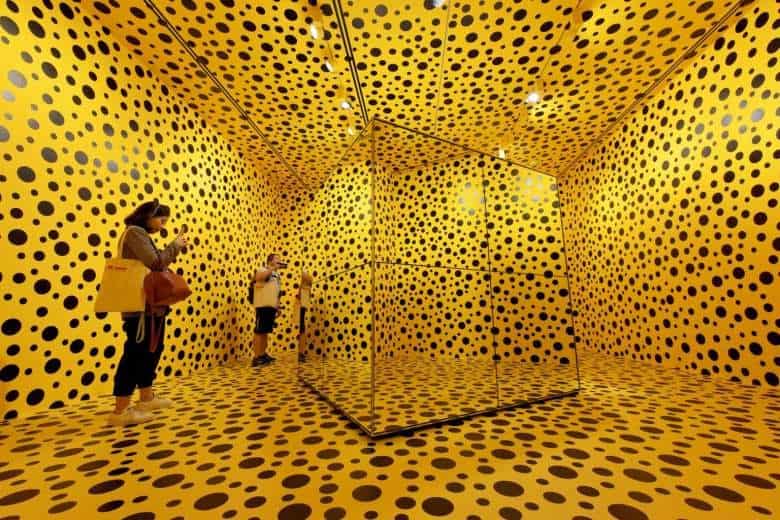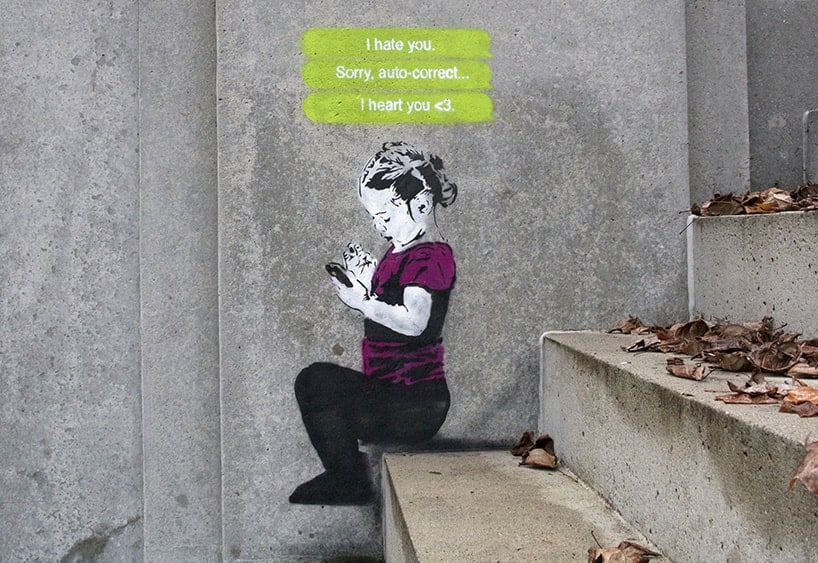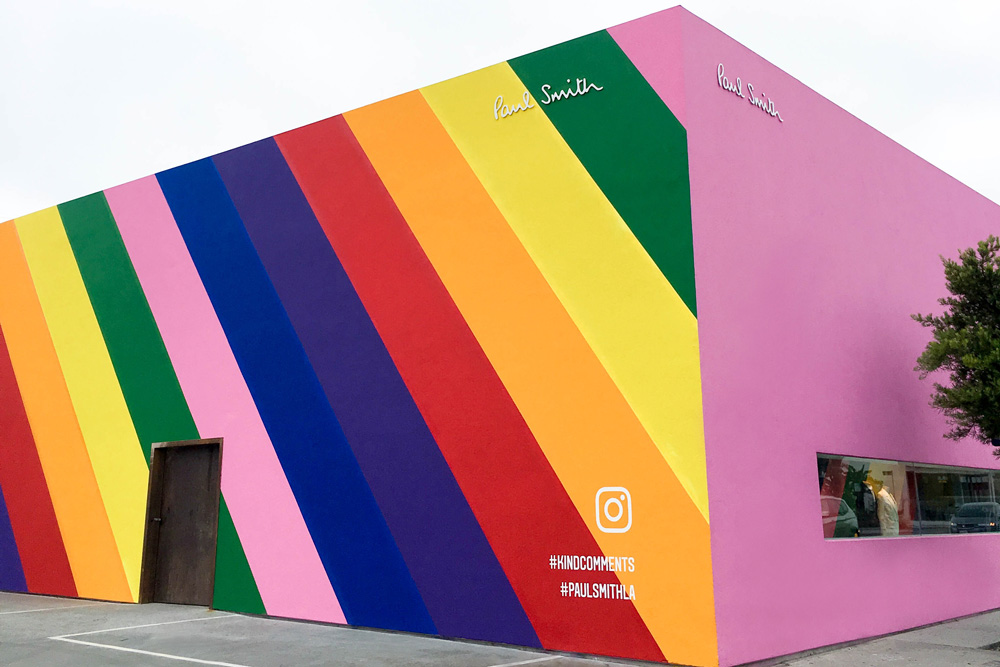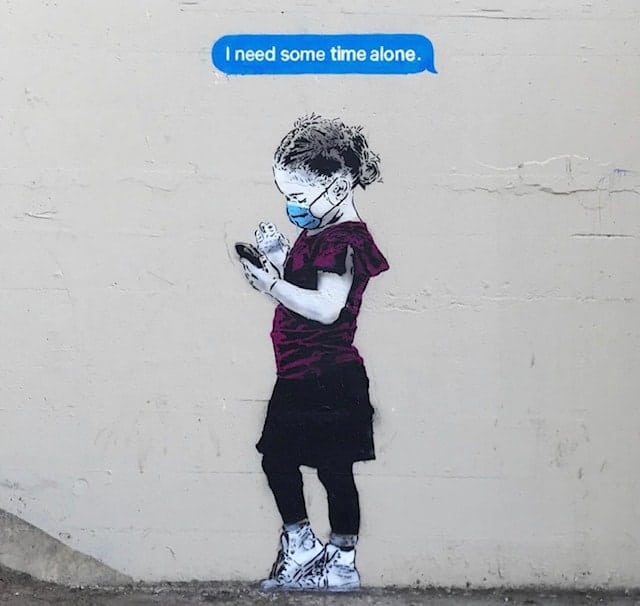We use Instagram, Facebook, and Twitter to communicate, keep up with the world, plan our events, meet our most material needs, or even quench our thirst for activity. The issue of social sharing of art is also relevant, as the rise of selfie art oscillates between narcissism and advertising.
For example, a superstar in the world of art and social media Yayoi Kusama is without a doubt a favorite Instagram artist. Millions of people take pictures of themselves immersed in her quirky mirrored Infinity Rooms, often they have to queue for hours before step into a radiant utopia for just a minute or less, enough time to take the perfect selfie.

Street art has also adapted and evolved accordingly, taking on the influence of social media. The location-sharing functions of social media have enabled street art to become globalized. Many street artists have now fully embraced the interconnected practice of social media in their work, using it as a way to document their artistic processes and share their work, as well as an abundant source of inspiration, using the imagery of SoMe and the hallmarks of its aesthetic to create street art which includes repeated links to the characteristic language of Instagram or Facebook.

All this, of course, increases artistic presence on social platforms. Vancouver-based street artist iHeart, in particular, creates graffiti stencils highlighting the growing influence of social media, with a particular focus on a younger demographic. Reminiscent of the work of Banksy, iHeart stencils reveal the implications of a culture obsessed with social media. It mostly depicts children interacting with their smartphones, moaning about the lack of likes on Instagram, or writing in hashtags. iHeart also cleverly uses the concept of a wall both literally and figuratively, using the irony that the wall replaces the screen.

Social media is not only changing the way we think about culture, but to a certain extent, it is transforming street art into advertising for businesses, retailers, restaurateurs, or even gyms. Retailer Paul Smith’s famous pink wall in Los Angeles is a prime illustration of art and digital marketing inspired by Mexican architect Luis Barragán’s signature pink buildings.
These new habits of interacting with art, from marketing to narcissism, in fact, illustrate the immeasurable influence of social media on every aspect of our lives. Anxious or inspiring? Surely there is more than one way to look at it.

























